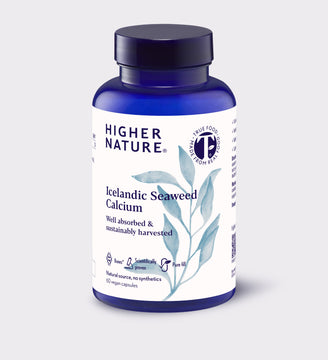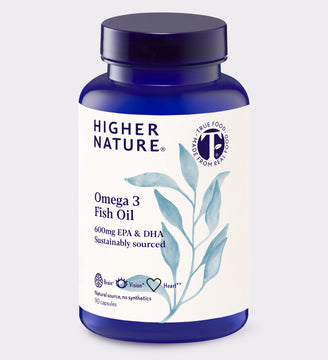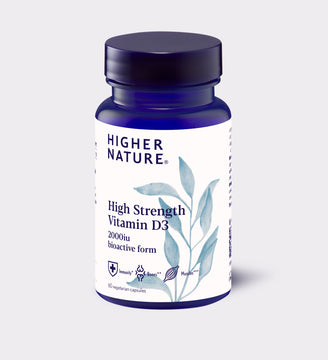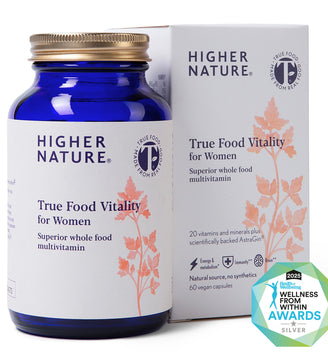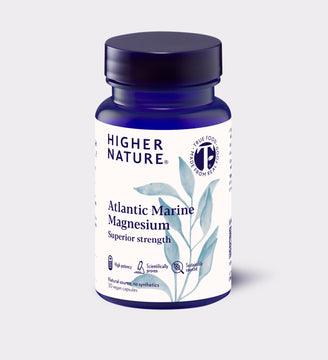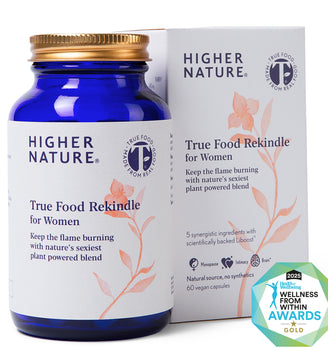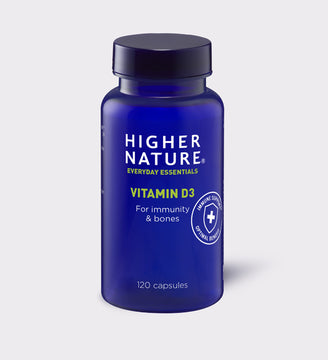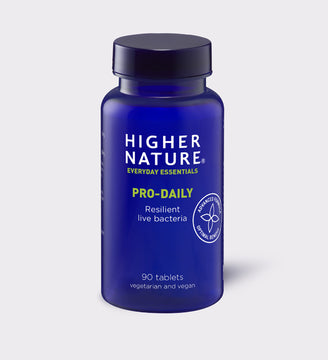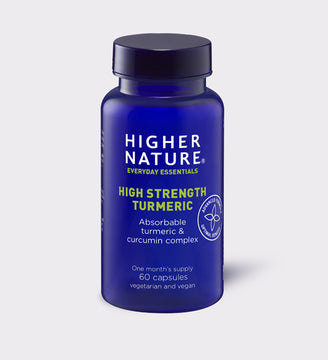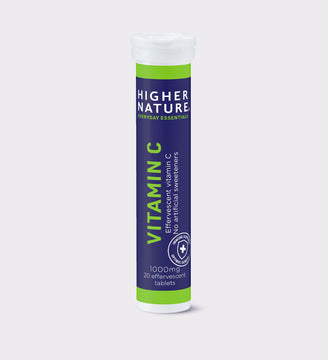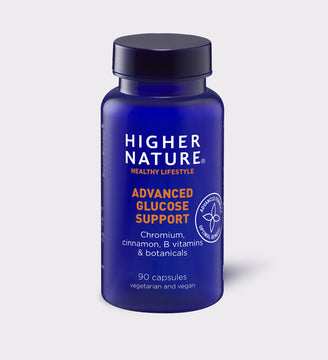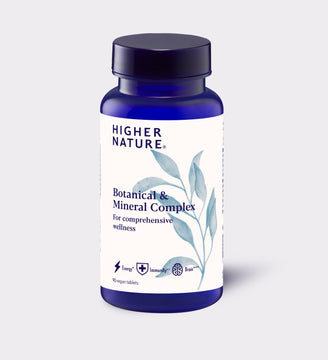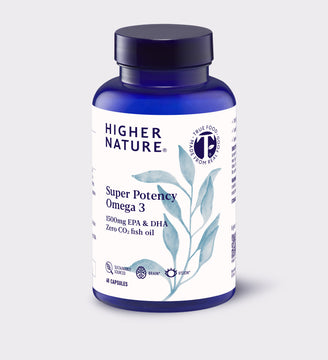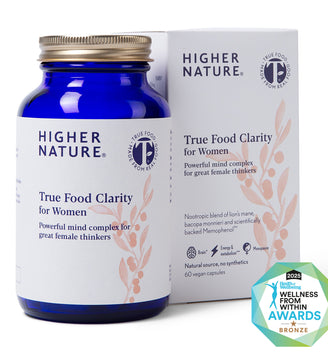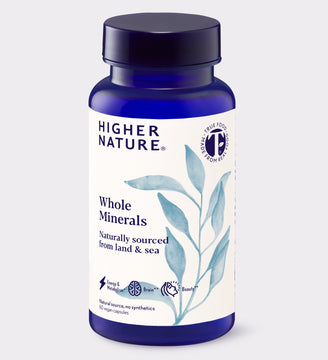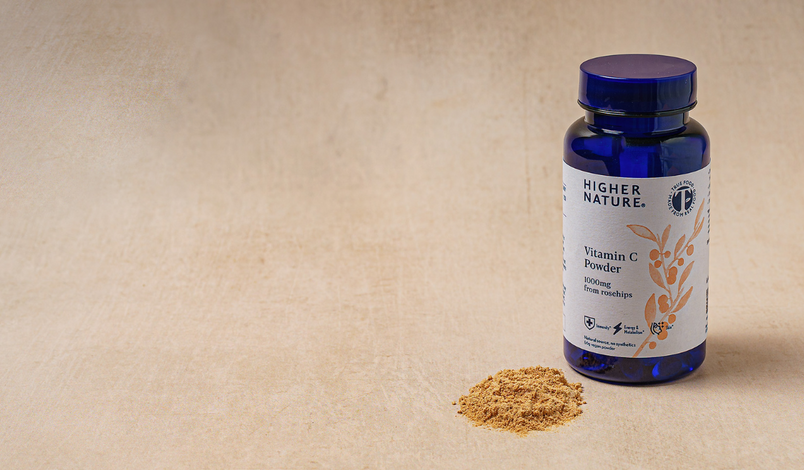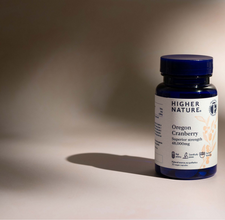
Why We Love Our Ingredients
Elizabeth Houston - Higher Nature Nutritional Therapist - Dip BCNH mbant mCNHC
Good health is vital to enjoy all life has to offer. That's why we take great care in creating supplements to help you live the best life you can. With so many supplement companies out there, it can sometimes be tricky to identify quality and where to place your trust.
Higher Nature products at a glance:
- Therapeutic levels of active ingredients to optimise health
- Developed by nutritionists based on the latest research
- Full traceability of ingredients
- Free from artificial colours, preservatives and sweeteners (using stevia where possible)
Quality ingredients and transparency
At Higher Nature, all our products are manufactured in line with current Good Manufacturing Practice (cGMP) and comply with UK and EU regulations.
For each product, all the ingredients undergo a thorough approvals process. This includes setting limits and testing for factors such as purity, residual pesticides, heavy-metal contaminants and micro-organisms.
Sometimes excipients are necessary to allow stable and effective supplements. Some ingredients just cannot be made into tablets or capsules without them. These excipients are often plant based such as maltodextrin and forms of cellulose, or magnesium stearate and silicon dioxide. Please be assured that we strive to always use the lowest levels of excipients possible, and all excipients used are approved for use in the EU and UK.
Transparency of ingredients is important to us which is why we go beyond the regulations and list every ingredient even though we don't have to. For example, many other companies will leave out excipients because regulations allow it in some cases and then give the impression they are "cleaner" than other brands, which is unethical.
Environmental concerns
Understandably there are concerns about plastic packaging and the environment.
We have deliberately chosen a type of plastic (PET) that can be completely recycled and reformed for multi-use if it is handled correctly. PET can be recycled via closed-loop recycling, i.e. PET can be broken down and reformed into a new PET product. Alternatively, it can be recycled for different uses.
There are issues with other types of packaging that currently appear to be more environmentally friendly alternatives. Glass for example has a higher carbon footprint: it weighs a lot and therefore generates more carbon emissions in transport and it uses a lot of carbon to recycle it, in fact more carbon is needed to recycle glass than to make new glass.
